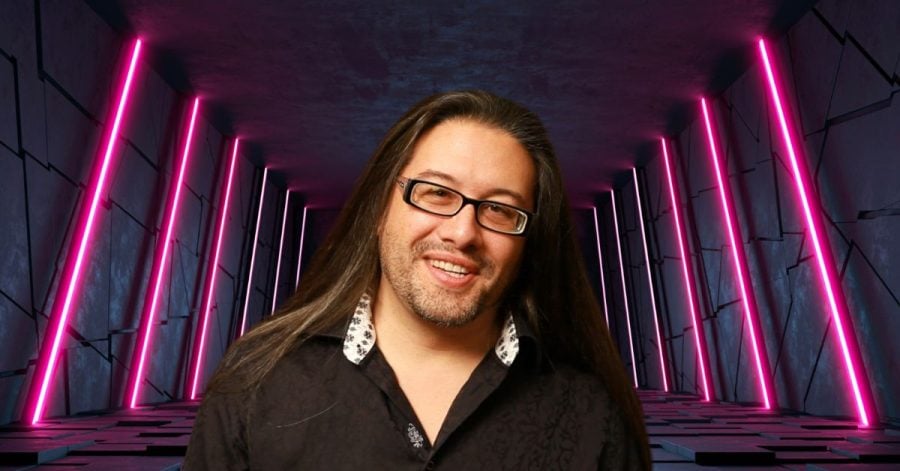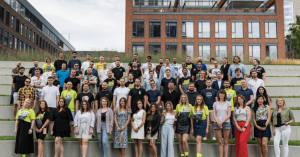Widely regarded as the pioneer of the first-person shooter genre, American game designer John Romero has created groundbreaking classics that have left an indelible mark on the gaming landscape.
With a career spanning three decades and an unparalleled passion for pushing the boundaries of interactive entertainment, Romero has cemented his name in gaming history – from the iconic corridors of Wolfenstein 3D to the hellish depths of Doom and the adrenaline-fueled multiplayer chaos of Quake, his creations have captivated millions of players worldwide.
But this interview is not just about revisiting past glories, as Romero’s expertise and foresight extend far beyond his trailblazing contributions to the FPS genre. The Recursive sat down with the game design luminary in Miami during the latest Infobip Shift developer conference, where he shared his thoughts on the future of the gaming industry, the role of artificial intelligence, and other exciting trends that are reshaping the way we play.
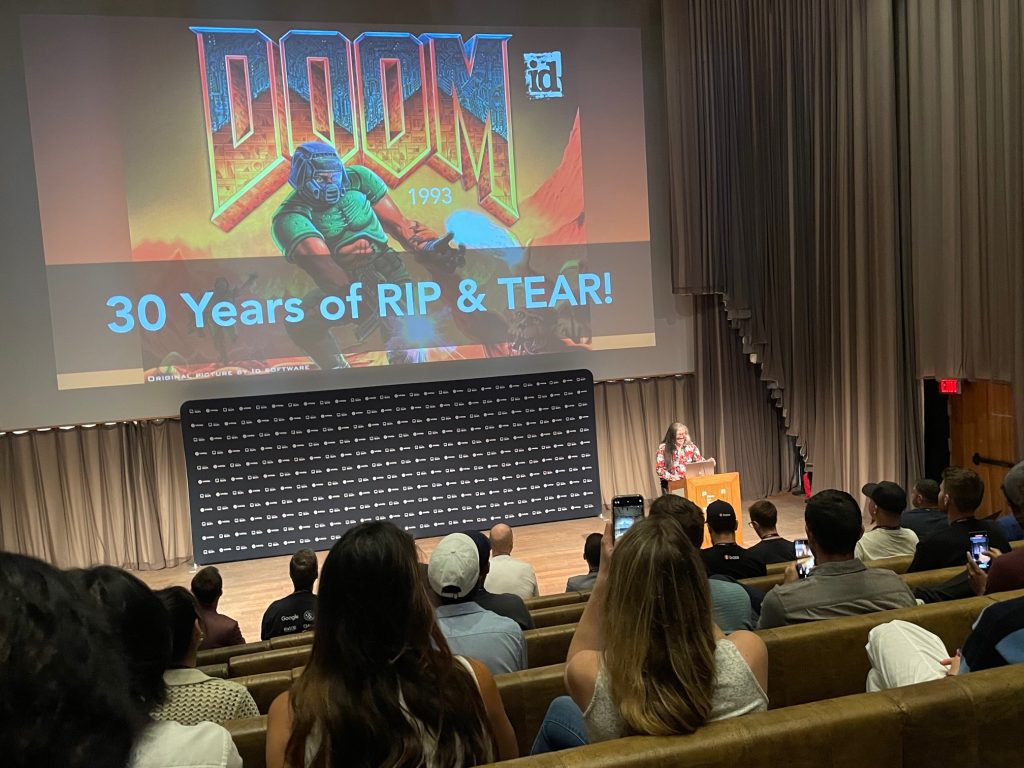
From the rise of competitive gaming and the potential impact of AI-driven game design, Romero offers us a glimpse into what lies ahead in the ever-evolving world of gaming, as well as an exploration of the tantalizing possibilities that await us in the future of interactive entertainment.
The Recursive: Compared to when you were starting three decades ago, is it easier now for developers when it comes to developing games, and all of the competition in the industry?
John Romero: It depends. There’s so much variance in how much somebody knows about the industry, so if you know a lot about game development, it will be a lot easier for you to develop stuff. It may be easier now, because there’s technologies like Unreal and Unity that you can use to not have to run an engine anymore.
But using those technologies, there’s also a tonne of learning, and just because somebody wrote an engine like Unreal, you need to learn how to use it to actually make a game with it. You can’t just start dragging and dropping stuff in it – you need to actually understand how it works.
So there’s a huge amount of effort and learning to do to understand how to use it. And when you do, it makes your game, it makes your development go faster. But because there’s been so many games released for so long, everyone has done so much already.
And how are you going to differentiate your game, which means design is the heavy lifter at this point, it’s not really technology – so you have to come up with something that is interesting for people to play and something they haven’t seen before.
And that’s where indies really shine – that’s where the indie game developers really prove that they have a massive commitment to this industry with their take on games and their experiences. They’ll do things that big companies won’t do. And because this is experimental, big companies make big experiments and that costs big money. But indies do it smaller, cheaper, and take bigger risks.
When we talk about first person shooters, what would you say kept their popularity throughout the years?
I would have to say it’s the experience of a shooter – what’s so engaging about it is that you feel like you are there. And that it’s you and the game. Also the genre keeps expanding, that is designed space. So, you know, people were getting kind of tired of deathmatch until Battle Royale (an online multiplayer video game genre that blends last-man-standing gameplay with survival and exploration – ed.note.).
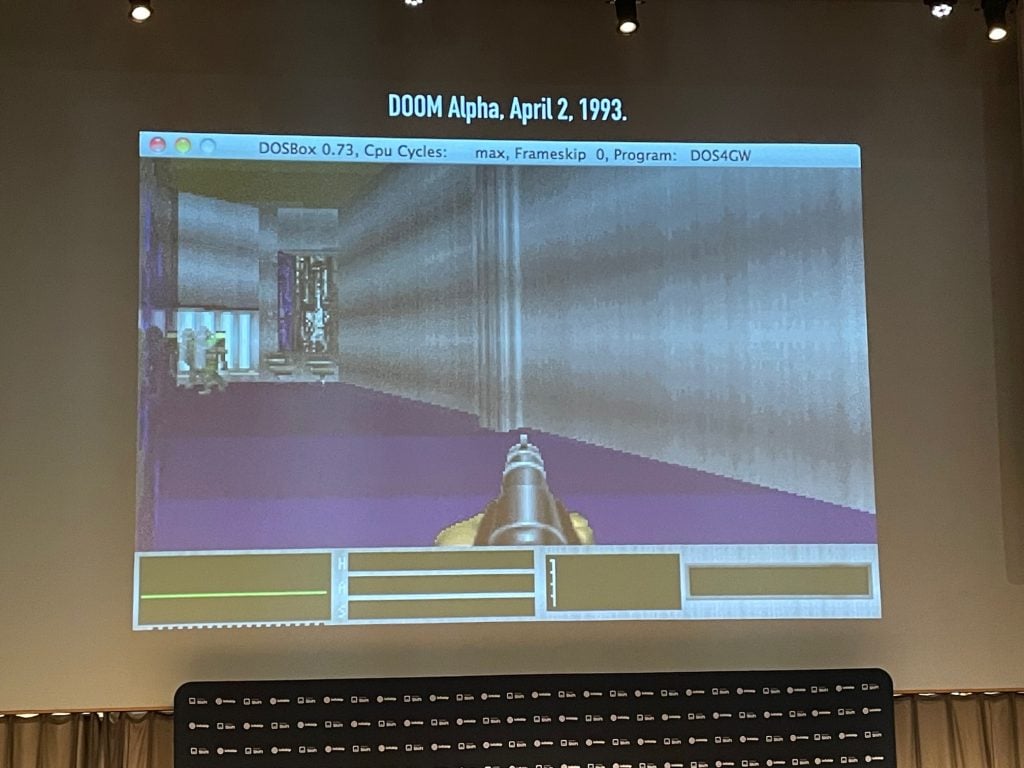
Since Battle Royale is just like deathmatch – it’s just a big map with a lot more people in it. But that means a lot, and in Battle Royale it’s interesting to see the splinter in the way that that FPS design goes in the new direction in the end.
Meanwhile, CS:GO is the kind of game where you spawn and you die, if you’re not good, right? And that game is all about very fast, hardcore, crazy action. Battle Royale is not about people who want to have fun shooting, but they want to get shot up as soon as they land. So they have a little bit of time feeling like they’re participating before they get killed.
But the reality of Battle Royale is that you’re in a deathmatch, and that more casual players can play it for a while before they’re done getting killed by somebody who actually is good at it. The designs of Battle Royale are also progressing because of that reality.
So it’s great to see so much activity in the design space of shooters and how they are differentiating themselves from each other and splintering and creating new areas. I mean, you can tell just from that that shooters still have an infinite future.
How has the gaming industry changed over the past 30 years?
It’s changed so much – companies that were really really big in the 80s, a lot of them are now gone, except for EA for example. But, life goes on. There’s a lot of companies that are still around that were around back when they said that the 90s is the next era. There’s a lot of 90s companies still around like Blizzard and Ubisoft.
But coming from the industry, I was there when it started – 1977 was the year that the game industry started for real on cassette tapes. And the late 70s and the 80s was really defined by the 8-bit computers, mostly the holy trinity of the Apple II, the TRS-80 and the Commodore.
And that was the beginning and the beginning was all indies, there was no such thing as a big company. It was all indie people in the bedrooms, making these games, and then figuring it out some people decided that they wanted to sell those things, they became publishers and distributors.
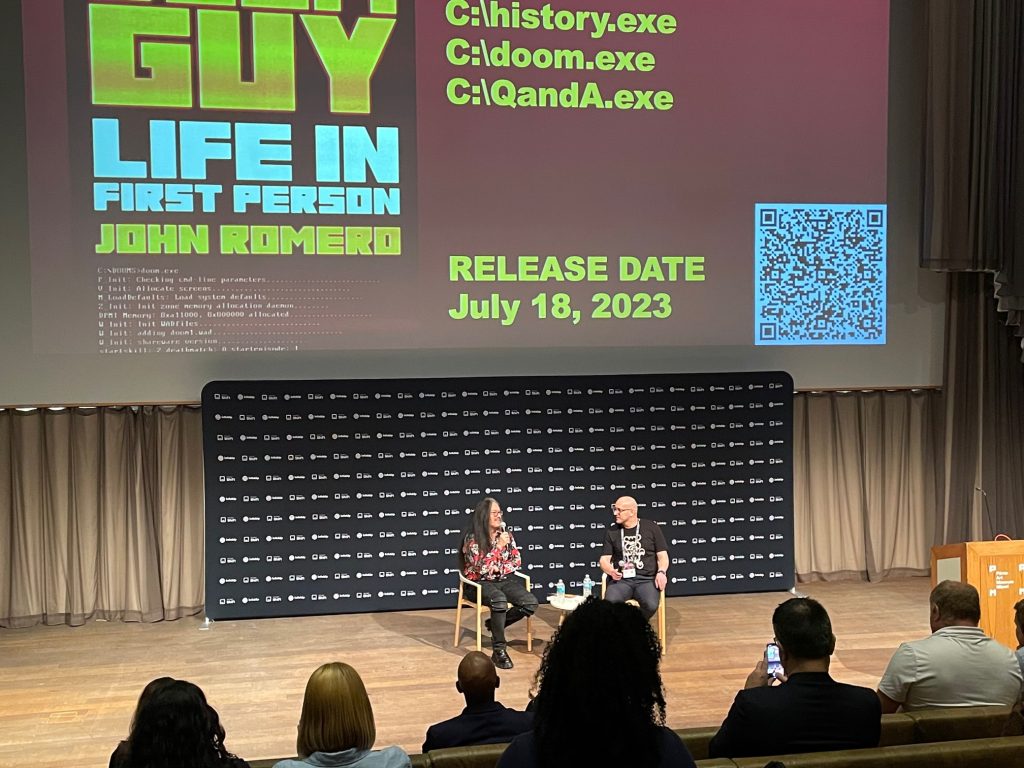
It’s really important charting the factors that made the industry happen back then with the Apple II as a component of focus during the development of the game industry, the early industry.
But the industry is changing the whole time. And if you’re in the industry, you’re watching everything – you see companies appearing, making really cool stuff, and keeping track of them, and then maybe they shut down, they get bought, other companies spin up and people fragment and start new things.
I’ve watched this the whole time and it’s great. It’s the way it works, it’s always evolving. There’s always splinter groups, there’s always new people getting together from groups to make something new and everybody’s out there to make a difference making a cool new thing and that’s how the industry gets ahead.
What type of trends do you actually see in the future of the industry?
AI is really good at creativity right now and using it is just a resource and a way of approaching things. There’s a lot of application code and there is a lot of interesting stuff in code that AI can do, it’s mind boggling. Half of what it’s taught is code and ChatGPT has unbelievable amounts of code in there. It knows all languages and it’s really impressive.
So the uses inside of games is the part that’s gonna be really, really interesting. I don’t think we’re there yet, like with coming up with an idea that no one’s had before. But AI is gonna do that, because it doesn’t know how to do that yet. And everyone’s trying to get there.
But using AI to save content creation, such as voiceover, like voice lines, having somebody recite something, means it’s kind of baked forever, versus an AI just coming up with something that you can hear makes games, just like you could just sit there and spend so much time in a game just talking to one character.
And that’s really interesting, because that’s going to change the focus of that one thing and people are going to spend a lot of time thinking about if we have one character do this, what if there’s 100 characters in here, we need to differentiate them.
So we got to figure out how to use AI to differentiate each of these personalities. And it’ll be really interesting to just see how people do that. I have a design for a game before that’s written, I write about it in my book that’s coming out and it has some interesting ideas for far future AI usage. That is not possible now, but someday, maybe we’ll be able to do some of those things.
There’s so much work in AI right now. It was like everybody wasn’t really aware of it until it blew up – and it blew up so big that everyone else had to respond with what they were working on even too early. Right now AI is the focus of it all and myself, I don’t have the fear of AI – but rather I see it as an amazing tool and something that can help us.

